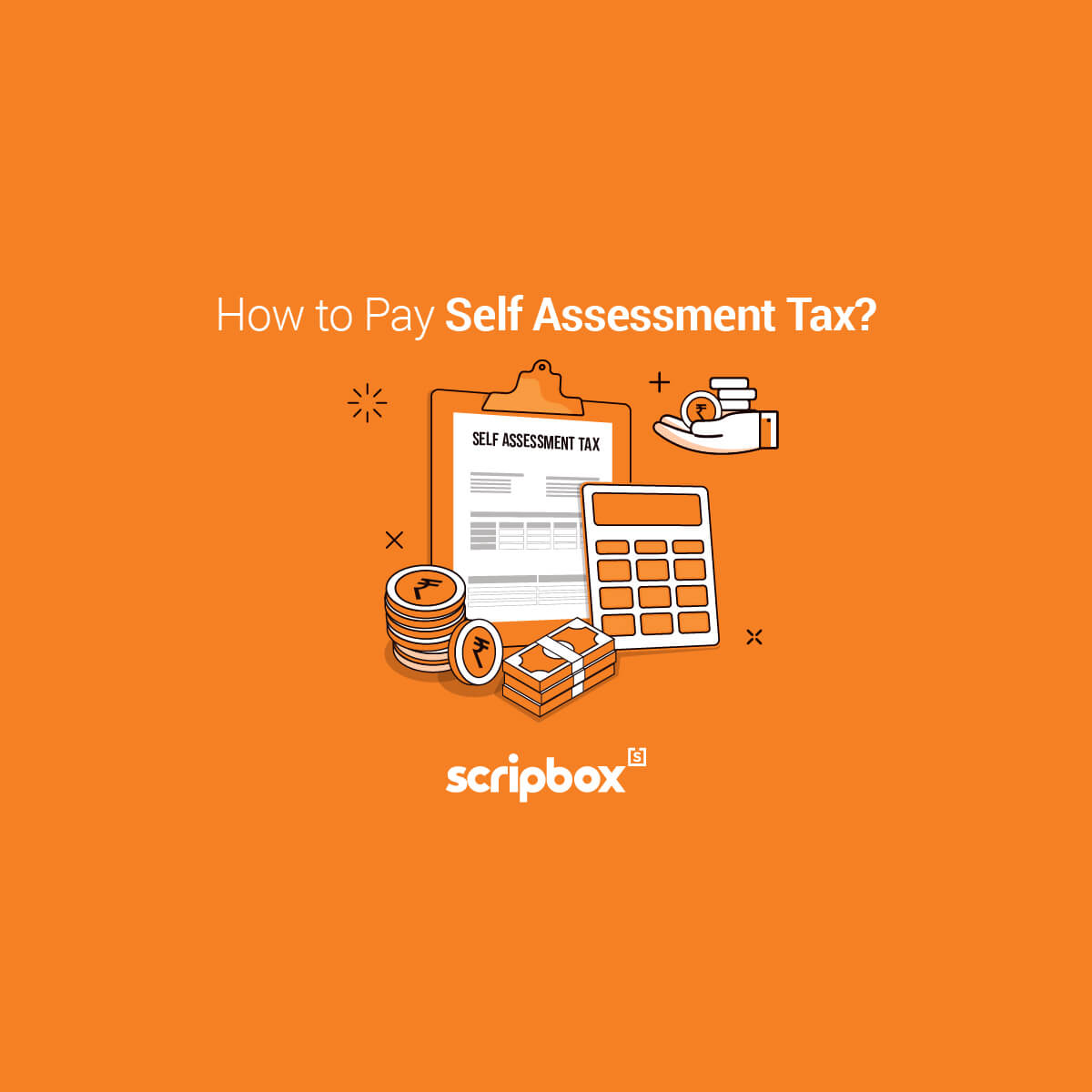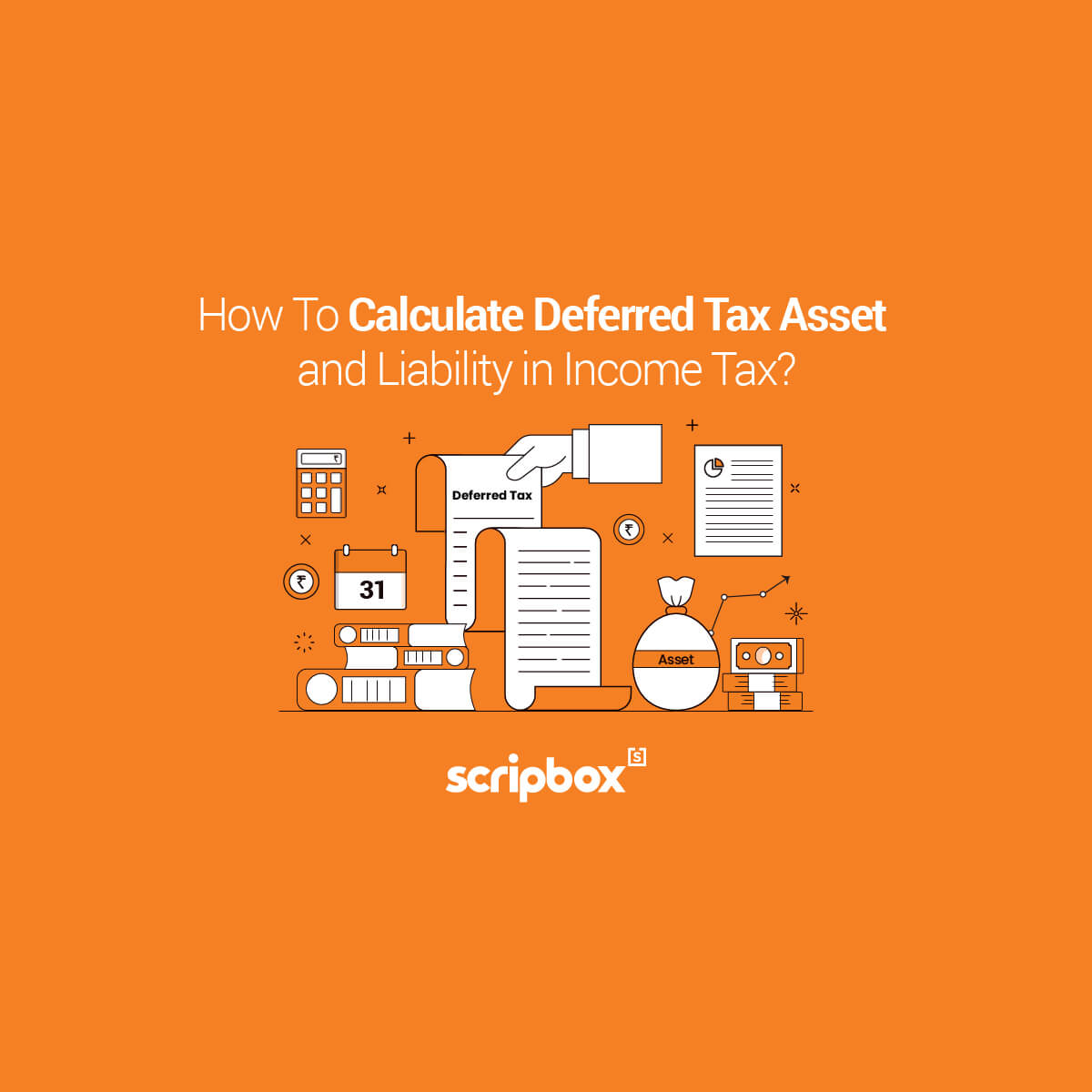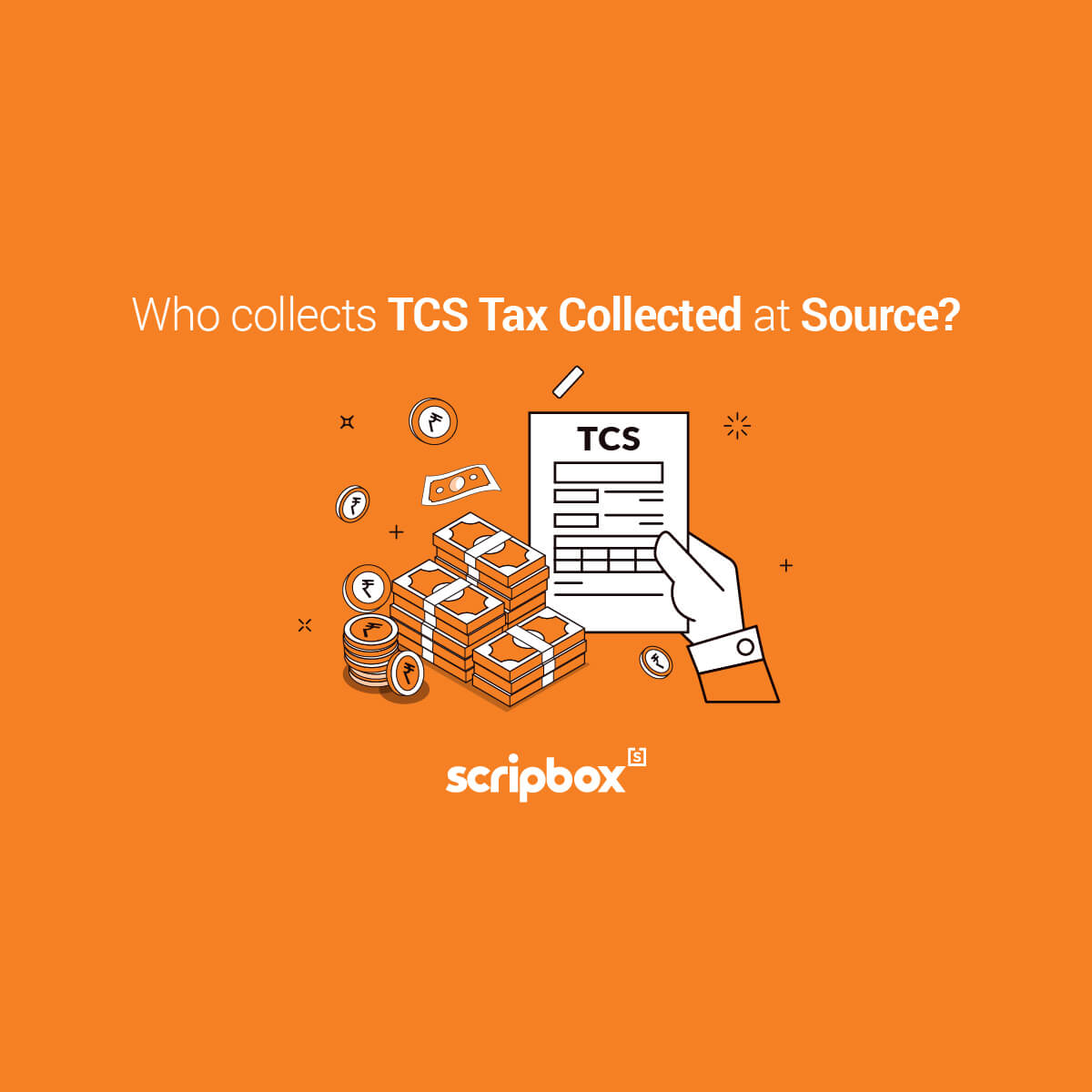While going through your pay slip or offer letter you must notice the allocation of transport allowance. Like other allowances, transport allowance is also a part of your CTC and fixed pay. In recent years, the taxability and tax exemption of transport allowance have undergone some major changes. In this article, we have covered the tax treatment, tax exemption, and how to calculate tax exemption.
What is Transport Allowance?
A transport allowance is a benefit offered to an employee to meet their expenses related to commuting from place of residence to office. It is also provided to employees who work in the transportation business. The intent is to enable them to meet personal expenditure during performance of duties during running such transport from one place to another place. A transport allowance is a type of special allowance. Moreover, it is a part of your CTC just like basic pay, variable pay, and other allowances.
Tax on Transport Allowance
Transport allowance is taxable under the head salaries in the hands of the employee. It is added to your gross salary. You can claim tax exemption for each transport allowance as per the exemption limit. While filing the income tax return you need to mention the amount of each allowance separately. You will find a breakdown of it in your Form 16.
With effect from the financial year 2018-2019, the tax exemption for transport allowance and medical allowance have been merged. The Income Tax Department introduced a standard deduction in place of the exemption for transportation allowance and medical allowance. For the financial year 2018-2019, the standard deduction was Rs 40,000. From the financial year 2019-2020, the standard deduction has been increased to Rs 50,000. You need not provide any bills or documents to claim the standard deduction. While calculating the TDS on salary, your employer will consider standard deduction to compute the net taxable salary.
Exemption Limit
| Condition | Exemption Limit |
| Transport allowance for commuting from place of residence to place of duty(Merged with Standard Deduction with effect from Financial Year 2018-2019) | Rs 1,600 per month or Rs 19,200 per annum |
| Transport Allowance granted to an employee to meet expenditure for the purpose of commuting between place of residence and place of duty | Rs. 3,200 per month Granted to an employee, who is blind or deaf and dumb or orthopedically handicapped with disability of lower extremities |
| Transport Allowance to an employee working in any transport business to meet his personal expenditure during his duty performed in the course of running of such transport from one place to another place provided the employee is not in receipt of daily allowance. | Amount of exemption shall be lower of following: a) 70% of such allowance; orb) Rs. 10,000 per month. |
How To Calculate Exemption on Transport Allowance?
Let us understand the calculation with the help of an illustration. The following are the salary details of a taxpayers for the financial year 2020-2021
| Particulars | Miss Puja | Mr. Arun |
| Additional Details | She is orthopedically handicapped with disability of lower extremities | He works in a transportation company and receives allowance to meet expenses during transporting from Delhi to Mumbai |
| Basic Pay | Rs 60,000 | Rs 60,000 |
| Bonus | Rs 30,000 | Rs 30,000 |
| Transport Allowance | Rs 48,000 | Rs 1,00,000 |
| Total Gross Salary | Rs 1,38,000 | Rs 1,90,000 |
| Less Exemption | ||
| Less Exemption for Transport Allowance | Rs 38,400(Rs 3,200 per month * 12) | Rs 70,000Lower of the following70% of allowance= Rs 70,000Rs 10,000 monthly= Rs 1,20,000 |
| Net Taxable Salary | Rs 99,600 | Rs 1,20,000 |
Exemption Under New Tax Regime
With effect from the financial year 2020-2021, the Income Tax Department has provided an optional new tax regime. The new tax regime provides a lower tax rate for individuals and HUF taxpayers. Furthermore, under the new tax regime the taxpayer cannot claim any exemption or deduction under salaries. Hence, an individual taxpayer cannot claim standard deduction, HRA exemption, and other exemptions. They cannot claim any deduction under section 80C against popular investments like ELSS and other expenses like tuition fee. However, the new tax regime allows exemption for transport allowance for specific taxpayers. An employee who is blind or deaf and dumb or orthopedically handicapped with disability of lower extremities can claim exemption for transport allowance. The exemption will be Rs 3200 per month.
Difference Between Transport Allowance and Conveyance Allowance
Conveyance Allowance granted to meet the expenditure on conveyance in performance of duties of an office. Transport allowance is to meet the expenses of commuting between place of residence and place of duty. It is also provided to meet expenses while transporting from one place to another. This is provided to an employee working in any transport business. The difference is to the intent of provisioning the allowance.
Transport allowance is exempt either through standard deduction or a fixed amount of monthly exemption. On the other hand, conveyance allowance is exempt on the basis of the actual amount spent by the employee.
Frequently Asked Questions
Regular employees, excluding those with disabilities, are not eligible to claim transport allowance for commuting between their residence and workplace.
You can submit proof of invoices or receipts for your relocation expenses to your employer and request tax-free reimbursement.
No, if your company offers a transportation service, they will not provide a conveyance allowance, regardless of whether you use the service or not.
No, there is no specific limit set for the conveyance allowance by your employer. However, there is a maximum tax exemption limit of INR 1,600 per month or INR 19,200 per annum.
The employer typically determines the amount of the transport allowance, considering factors such as the distance between the employee’s home and workplace, transportation costs, and the overall compensation package.
To calculate your taxable income, refer to your salary slip and determine your total income for the fiscal year, including any variable income received quarterly or semi-annually. Use the following formula:
Taxable Income = Gross Salary – (Employee Provident Fund (EPF) Contribution + Conveyance Allowance + House Rent Allowance + Leave Travel Allowance + Medical Bills + Medical Insurance + Tax)






















Show comments